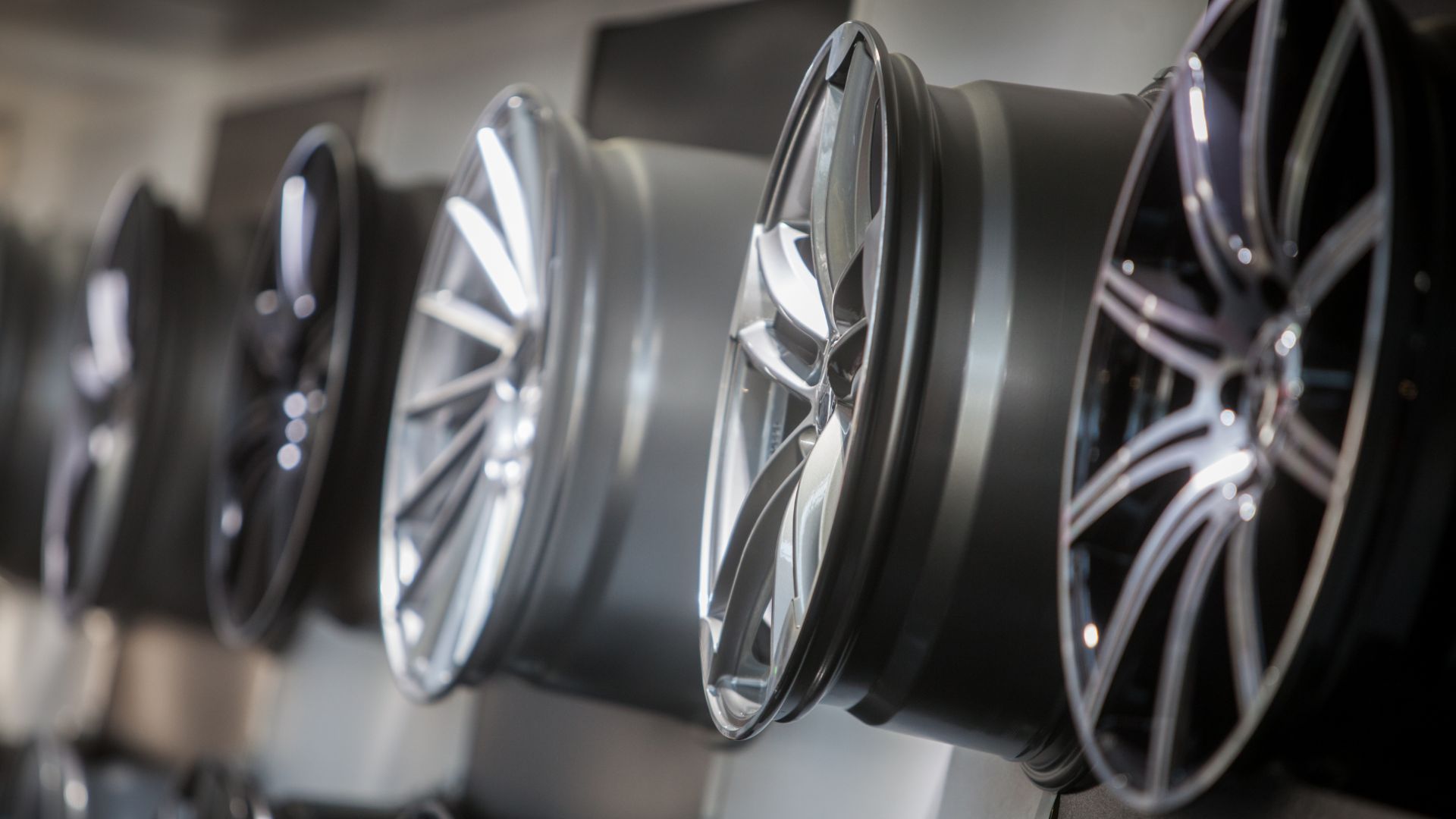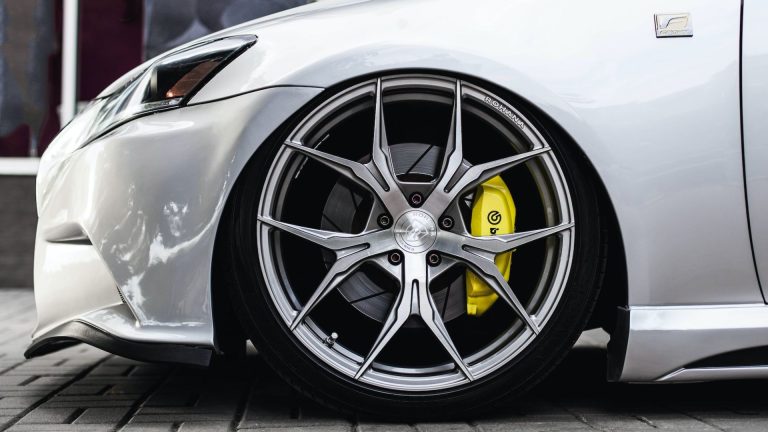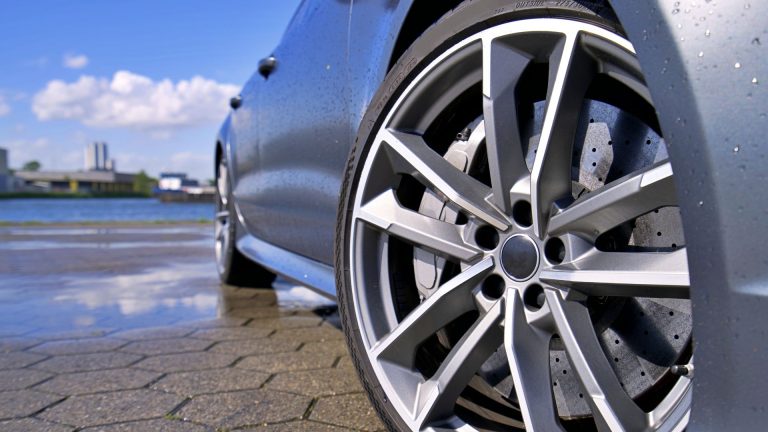How to measure rim size — all you need to know
Accurately determine the size of your rims with essential steps.

Whether you wish to replace your old rims with a new set to enhance the visuals of your ride, or to change damaged rims, you’ll need to know the size. Many drivers don’t realize how important it is, and while it might not seem crucial, the size can affect how the brakes and suspension behave.
Not to mention that you might not be able to fit your tires on rims that aren’t of the appropriate size. With this in mind, the key is to know how to measure rim size, and this guide will lead you through it according to several different dimensions you’ll need to bear in mind.
The importance of wheel rim size

Knowing the exact rim size is quite important for several reasons, and one of the crucial ones is tire fitment. Your car has a specified rim size upon which you can mount an accordant set of tires, and going with poorly measured rims might result in an inability to fit the tires.
Moreover, even if you pair the tire and rim size, you still might not be able to get a good setup in your car if the size is larger than specified. This leads to further problems and affects your ability to adjust the wheels and get the best driving performance out of your car.
Besides fitting the tires, there are several other reasons why you should thoroughly measure the rims. You also have to think about how suspension parts and brakes interfere with the wheels and if they can do their job properly.
What this means is you have to ensure there’s enough space or clearance between the rims and the shock absorbers. Also, you have to ensure that the calipers can easily fit with the rim size. If you try to fit a larger set of rims on your car, you might notice that the tires are too close to the fenders.
Along with the suspension and brakes, this results in the chaotic performance of your car and it’s only a matter of time before something goes wrong. Uneven tire wear can even be the least concern in the sea of troubles, so why should you risk even having to pay for new tires? Don’t worry, though, since we’ll get to proper rim measurement in a minute.
About the rim bolt pattern
Before even discussing the measurement of the rims, we first need to address the most important thing – the bolt pattern. Even if you guess the right rim size, you won’t be able to fit the rims on your ride if the bolt pattern isn’t matching.
The bolt pattern reflects the spacing of bolt holes on a rim that should fit the wheel studs of your car. So, five studs require rims with five matching bolt holes so you can tighten up the wheels and fit them on your ride. Depending on the bolt pattern, you can measure the rim dimensions more easily.
Also, the method for measuring the rim dimensions can vary based on the number of bolt holes. For instance, you can measure a 4-lug rim by simply marking the distance between the center of diagonal holes. Just make sure that you aren’t measuring adjacent holes in this case.
If your ride requires a 5-bolt rim, you can measure it by going from the center of one hole toward the center of the hole across it. Finally, for a 6-lug rim or a rim with more bolt holes, it’s crucial to measure from the center of the middle hole on one side to the center of the middle hole on the other side.
Measuring rims based on different wheel dimensions

If you are going to measure the rims yourself, you’ll need to know the right approach to do it. However, there’s one more important thing here – knowing how to include the right dimensions in measurement. There are several key dimensions when measuring a set of rims:
- Knowing the bolt pattern
- Measuring wheel width
- Measuring wheel diameter
- Wheel offset and backspacing
Don’t let these strange terms confuse you – many drivers are wondering about the matter of wheel offset vs backspacing and their differences. You must have the right approach and understand the basics of these terms.
We’ve already explained the importance of bolt pattern, and wheel diameter and width come right after. The diameter is the rim dimension from one side of the lip to the other side of the rim lip if you are using a flat meter for measurement. The width, on the other hand, is the distance from the inside bead to the outside bead.
Finally, backspacing and offset are among the most difficult terms to understand, While the offset reflects the relation between the wheel mounting surface to the center of wheel width, backspacing is the space behind the mounting surface spreading toward the back of the wheel.
Measuring wheel width
To measure the width of the wheel, you’ll need to turn the rim to the side and measure the distance from where the tire bead sits to the tire bead across. So, the side or width measurement can help you figure out which rims you’ll need for your brakes and shocks to have enough space, and for the tires to fit easily.
While measuring wheel width, it’s important not to include the lip itself. You’ll only need to measure the distance from the inside of the lip. The same goes for the opposite side, so don’t simply measure from one rim lip to another.
Measuring wheel diameter
The next dimension you can use to measure your rims is the wheel diameter. As mentioned, it’s the distance between one side of the lip to the other side of the lip, while looking at the wheel from the side of the car. So, it’s not the side measurement or wheel width, since these two can often be falsely connected.
To measure the diameter, you can place the rim as if you were directly looking at your wheel. You can lay the wheel down for proper measurement, place the meter hook at one side of the rim, and drag the meter across to the other side for accurate measurement.
Measuring wheel offset and backspacing
Finally, we come to these two confusing terms, and knowing both of these dimensions could help get the exact rim measurement. It’s best to first measure the backspacing, and you can do this by measuring the distance between the wheel hub to the back of the wheel’s mounting surface.
To measure the offset, you’ll need to mark the distance between the dead center of the wheel’s width and the measured backspace of your wheel. You should note that the offset and backspacing are expressed in millimeters, unlike the wheel diameter and width which are expressed in inches.
There are three common offset settings – positive offset, negative offset, and zero offset. Based on the offset measurement, you can also see the difference in backspacing which affects the space where brake calipers are located.
So, the zero offset is sort of “centered” since the back of the mounting surface matches the center of the wheel hub. You get an equal amount of space up front and in the back, which is perfect for cars that require larger brake calipers. This way, you won’t get brake or suspension parts interference.
Positive offset wheels mean that the mounting surface of the wheel is going closer to the road. It means there’s more space up the back of the rim, contrary to negative offset which means that the mounting surface is pushed toward the back of the wheel hub.
Our take
In the end, we hope to have shed some light on the question of “how to measure rim size” considering the different dimensions you can consider. Usually, it’s enough to know the bolt pattern of the rim, along with the diameter, width, and offset.
Knowing these dimensions will help you pick the right set of rims for your car and make it easier to fit your tires on these. Also, you’ll leave enough space behind as specified by the manufacturer, so that brakes can fit and there won’t be any interference with shock absorbers and the fenders.
How to measure wheel rim size yourself?
You can measure the wheel rim size yourself by using proper measurement based on the bolt pattern, measuring the diameter, wheel width, and the offset-backspacing relation.
How does rim size measurement differ based on bolt pattern?
It’s not the same to measure the size of a rim with 4 bolt holes and one with 5 or 6 holes. To measure the 4-lug rim, go from the center of one hole to the center of another hole in a diagonal line. For a 5-lug rim, measure from the center of one hole to the center of the hole across it, and the same goes for 6-lug rims. Don’t measure the distances between adjacent bolt holes.